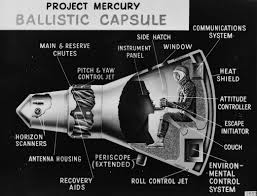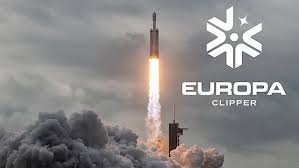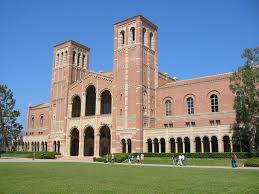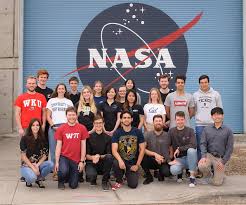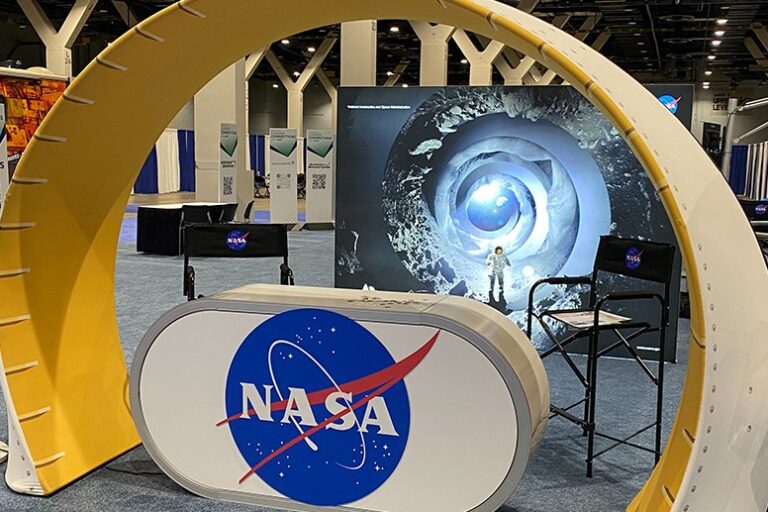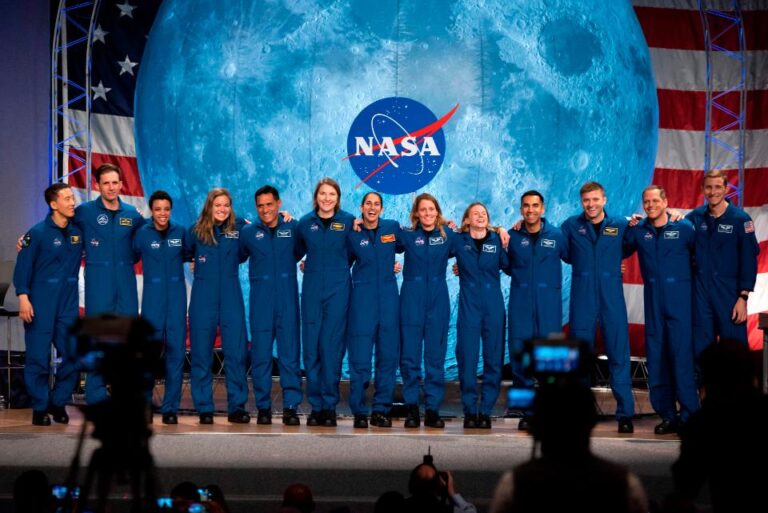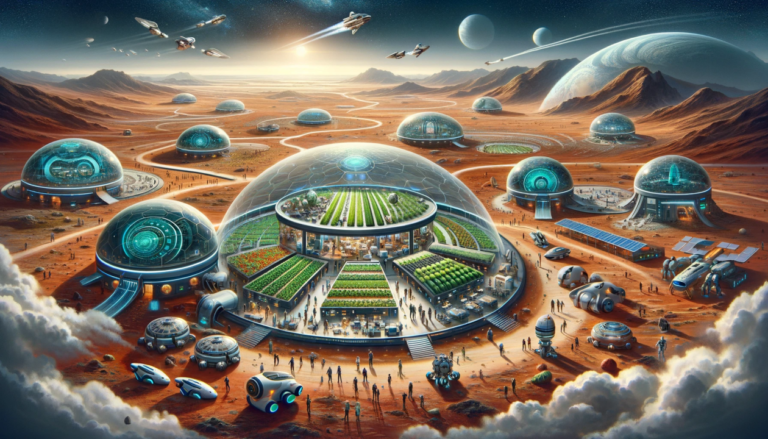Project Mercury: The First American Manned Space Program Introduction Project Mercury was the United States’ first human...
Zee
The Cheapest Universities in New York: Affordable Options for Higher Education New York is known for its...
The Cheapest Universities in New York: Affordable Options for Higher Education New York is known for its...
Europa Clipper: NASA’s Mission to Explore Jupiter’s Icy Moon Europa The Europa Clipper is an ambitious NASA...
Apollo Program: NASA’s Most Famous Project The is widely regarded as NASA’s most famous and historically significant...
NASA is currently working on a wide range of innovative projects aimed at advancing space exploration, science,...
UCLA (University of California, Los Angeles) is renowned globally for its prestigious academic programs, vibrant campus life,...
Yes, UCLA (University of California, Los Angeles) does accept international students. In fact, UCLA has a large...
How NASA Hires Students: A Gateway to Space Exploration Careers NASA, the U.S. space agency known for...
NASA’s Apollo Program: A Historic Leap for Mankind The Apollo Program is widely regarded as NASA’s most...

